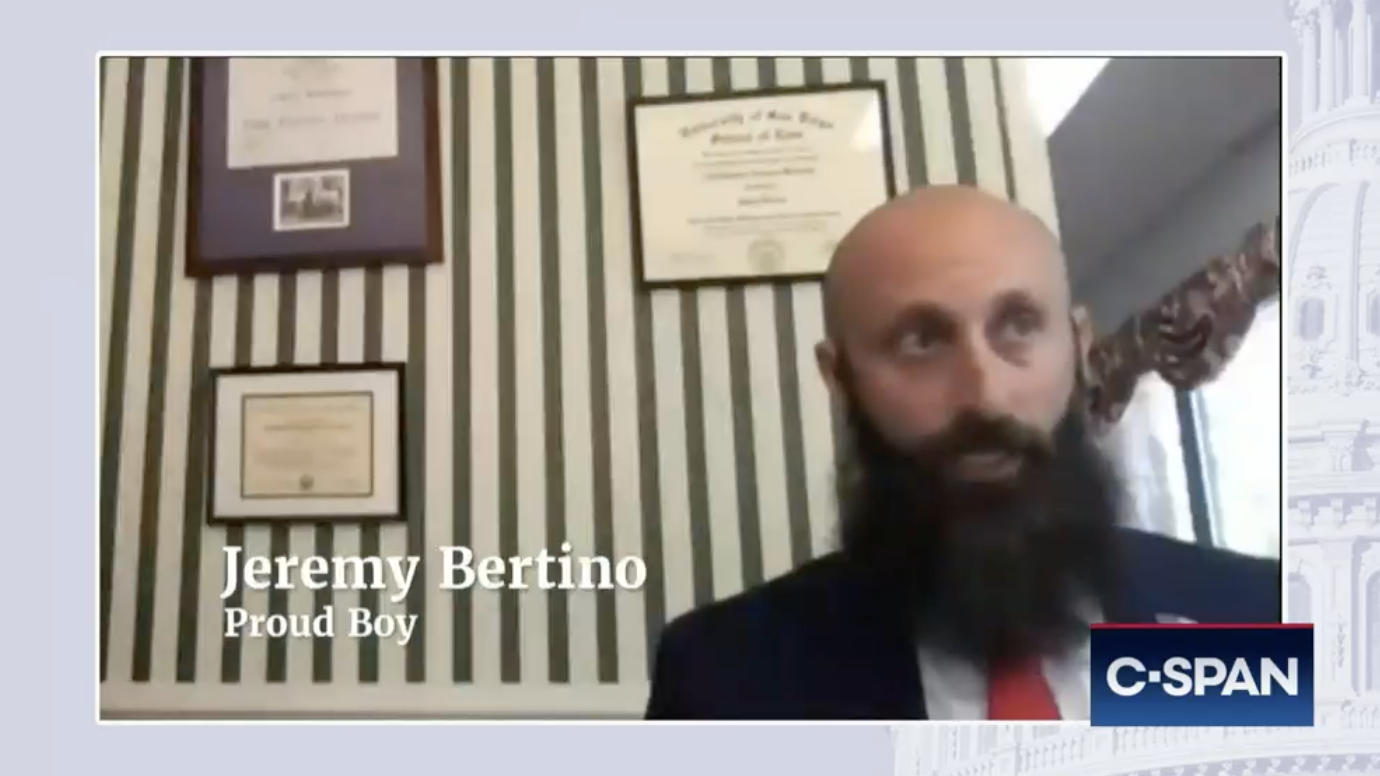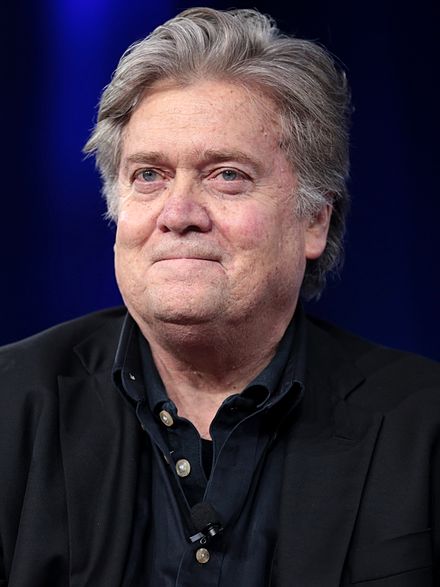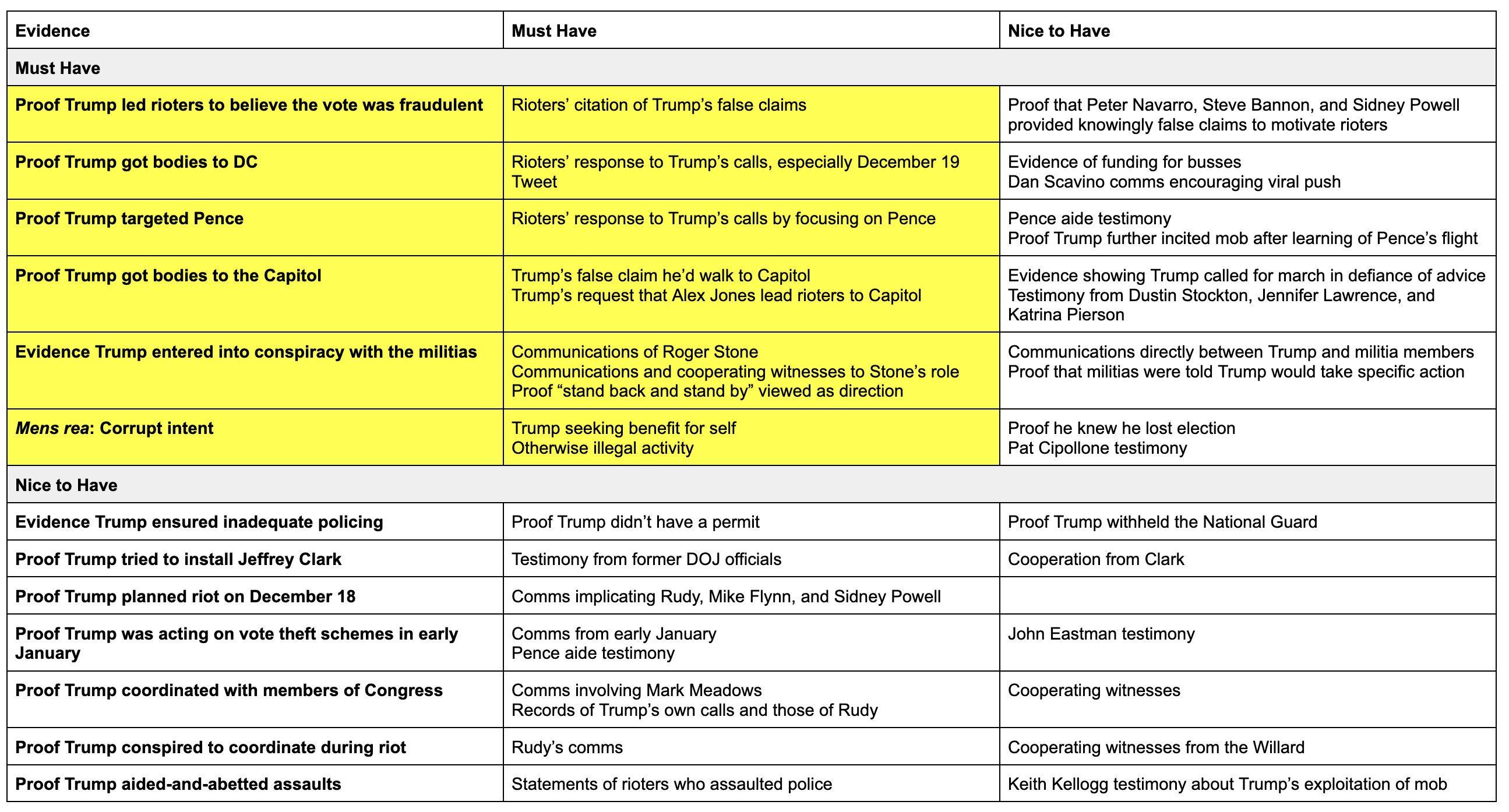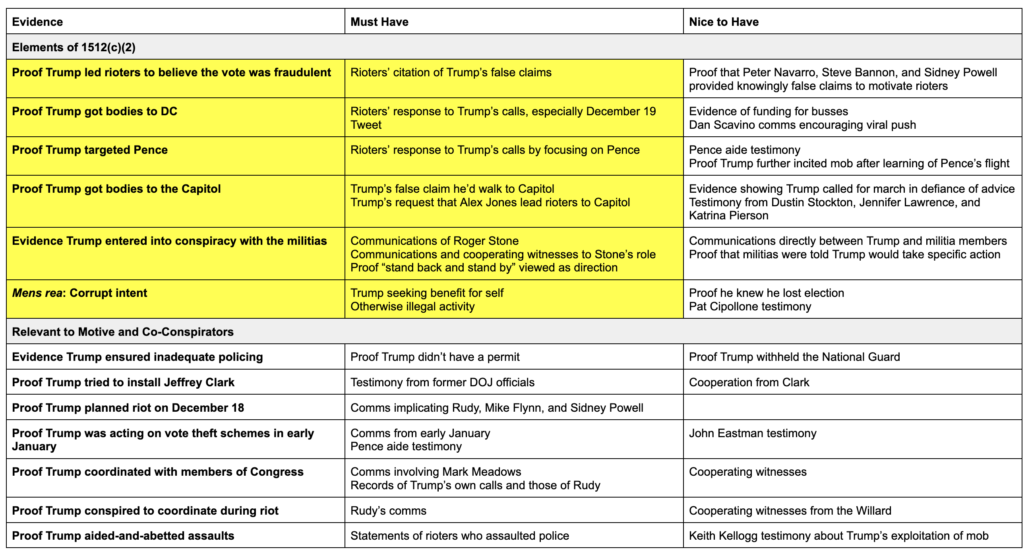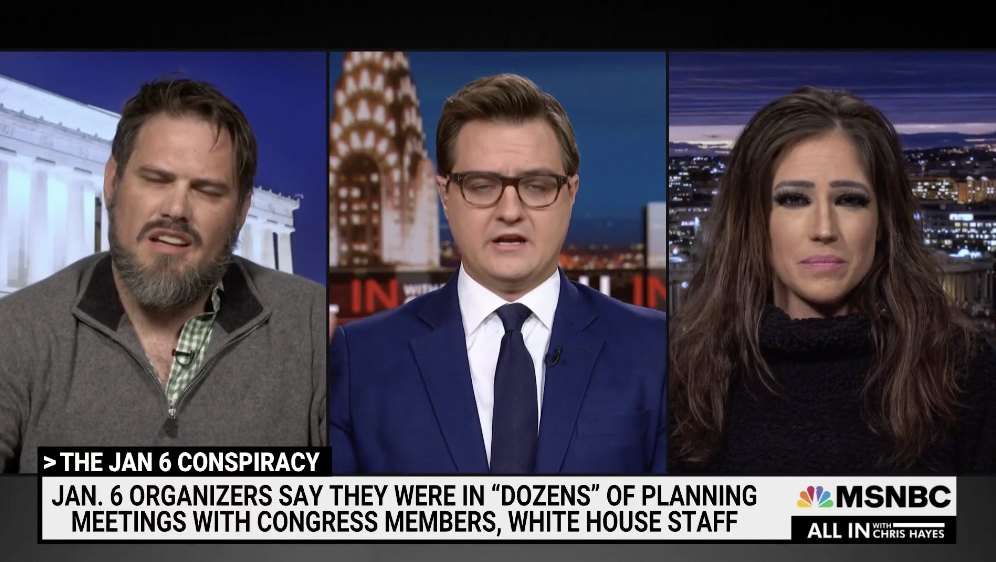The January 6 Militia Witnesses Are Cooperating with DOJ, Probably Not the January 6 Committee
Liz Cheney made a comment in Thursday’s public hearing that has attracted some attention. As part of her explanation that the January 6 investigation is ongoing, she said,
As we present these initial findings, keep two points in mind. First, our investigation is still ongoing. So what we make public here will not be the complete set of information we will ultimately disclose. And second, the Department of Justice is currently working with cooperating witnesses and has disclosed to date only some of the information it has identified from encrypted communications and other sources.
Some have wondered whether this reflects some kind of insight into where the DOJ investigation is headed.
I doubt that Cheney’s comment reflects any greater insight into where DOJ is headed than I’ve gotten from tracking DOJ’s investigation closely, though as I’ll explain below, the Committee undoubtedly has non-public insight into how the militias coordinated with those close to Trump. (One possible — and important — exception to this assumption might be Joshua James, the Oath Keeper who is known to have testified in an NYPD inquiry targeting Roger Stone associate Sal Greco.)
While the Committee showed clips of depositions it had with Stewart Rhodes (pleading the Fifth in response to a question about arming members), Enrique Tarrio (expressing regret he didn’t monetize the Stand Back and Stand By comment), and Jeremy Bertino (who is Person-1 in the sedition indictment charging the Proud Boy leaders and who told the Committee that membership tripled in response to Trump’s comment), the more substantive claims about the militias on Thursday always cited the indictments against them, not evidence independently gathered by the Committee.
For example, Cheney described how Trump’s December 19, 2020 tweet, “initiated a chain of events. The tweet led to the planning for what occurred on January 6, including by the Proud Boys, who ultimately led the invasion of the Capitol and the violence on that day.” In his questioning of documentarian Nick Quested, Bennie Thompson likewise cited the indictment against the Proud Boys for claims about the lead-up to the attack.
To be sure, Thompson laid out details of the attack that are not generally known, but which are public: the Proud Boys skipped Trump’s speech and kicked off their attack to coincide with the Joint Session, not Trump’s speech; the Proud Boys first attacked at the site where the mob soon to be led by Alex Jones would arrive. I’ve laid out some of these dynamics in this post, and the Sedition Hunters have developed two detailed timelines that show how this worked, one describing the phases of the attack, and another capturing key communications of those implicated in it.
I’ve likewise noted what Cheney has: The Proud Boys — and virtually everyone else who organized in advance — responded to Trump’s tweet as if it was an order. I’ve also described — in a post called, “Back Was Stood, And By Was Stood: The Passive Voice Behind the Top Down Structure of the Charles Donohoe Statement of Offense” — how in cooperating witness Charles Donohoe’s Statement of Offense, DOJ for the first time used the passive voice to describe how the riot was announced.
[T]he foundation of that hierarchy that is so remarkable.
On December 19, 2020, plans were announced for a protest event in Washington, D.C., on January 6, 2021, which protest would coincide with Congress’s certification of the Electoral College vote.
On or before December 20, 2020, Tarrio approached Donohoe and solicited his interest in joining the leadership of a new chapter of the Proud Boys, called the Ministry of Self Defense (“MOSD”). Donohoe understood from Tarrio that the new chapter would be focused on the planning and execution of national rallies and would consist of hand-selected “rally” boys. Donohoe felt privileged to be included and agreed to participate.
Close to every other filing in the January 6 case that mentions the announcement of these plans actually cites what was taken as the formal announcement: Trump’s tweet, in response to which hundreds if not thousands of rioters began to make plans to come to DC.
Peter Navarro releases 36-page report alleging election fraud ‘more than sufficient’ to swing victory to Trump https://t.co/D8KrMHnFdK . A great report by Peter. Statistically impossible to have lost the 2020 Election. Big protest in D.C. on January 6th. Be there, will be wild!
The import of that December 19 tweet was clear even in real time; the NYT and WaPo recently returned to the central role it plays in a great number of January 6 cases.
But this statement of offense instead presents what was viewed as an order from Trump in the passive voice: “Plans were announced.” Trump announced those plans, as every other charging document makes clear.
And the next day, in response to that announcement, Tarrio started building that top-down hierarchical structure that would go on to intentionally assault the Capitol and cops.
There are many things this statement of offense does with that masterful use of the passive voice. It implicates, without mentioning, people like Peter Navarro and Ali Alexander, the former because he was mentioned in the tweet and the latter because he was organizing it. The statement of offense makes clear that Tarrio told Donohoe and other Ministry of Self Defense leaders about what their plan was, but doesn’t reveal what he has shared, particularly what he shared about direct planning with people close to Trump. Indeed, the language of the statement of offense leaves open the possibility that Tarrio was moving on this even before the public launch of the riot by Trump.
But most importantly, without naming him, this structure puts Trump at the head of that hierarchy that bears top-down responsibility for the intentional violence and damage in the service of obstructing the vote certification.
The implication from the Statement of Offense is that Donohoe learned certain things starting on December 20 that he has shared with prosecutors. One reason I’m pretty sure that prosecutors haven’t shared it with the Committee, yet, is because Donohoe’s cooperation does not show up in the discovery index provided to the defendants themselves on May 12, over a month after Donohoe flipped, which prosecutors filed publicly last week. Similarly, prosecutors have not yet explicitly told defense attorneys the person who shared a plan with Tarrio talking about occupying the Capitol, though they have the returns for Tarrio’s phone that should help defense attorneys learn that person’s identity.
(I do wonder whether a challenge to a very recent call records subpoena from the Committee by Russian-American Kristina Malimon, discovered by Kyle Cheney, not to mention the high profile former Trump impeachment lawyers representing her, means the Committee thinks they’ve figured out the person’s identity, though.)
The schedule of upcoming January 6 hearings explains one reason why Cheney referenced the ongoing investigation when citing DOJ’s cooperating witnesses:
- June 13: The Big Lie
- June 15: Decapitate DOJ
- June 16: Pressuring Pence
- June 21: Pressuring the States
- Hearing 6: Trump Assembles a Mob and Sics it on Congress
- Hearing 7: Trump Does Nothing as Capitol Is Attacked
The dates for the last two hearings, hearings that will include details about how the Proud Boys paused their attack to await reinforcements brought by Alex Jones, opened a second front in seeming coordination with the Oath Keepers and Jones, and considered a second assault until learning the National Guard had finally been deployed, are not known yet. Whenever they are, though, they’ll come after June 21, and therefore after the June 17 discovery deadline in the Proud Boy Leaders case. DOJ has said they won’t supersede the Leaders indictment beyond what it currently is (meaning no more co-conspirators will be added to it). But the fates of Persons-1 (Bertino), -2, and -3 are up in the air right now, as well as a number of charged Proud Boys (like Ron Loehrke), who played key roles in the tactical success of the attack but who have not yet been indicted. Similarly, the fates of those known to coordinate most closely with the militias — Roger Stone, Alex Jones, and Ali Alexander — remain uncertain.
Who knows? Their fates may be less uncertain between now and the last Committee hearing!
To be clear: as Chairman Thompson told Jake Tapper this week, the Committee does know of some of the coordination. I’ve heard of a communication implicating Stone that I believe the Committee has. Alex Jones complained about how many communications the Committee — specifically those of Cindy Chafian and Caroline Wren — had obtained, and one or both of them also communicated with Tarrio. A key focus of the testimony of Dustin Stockton and Jennifer Lawrence — and surely, Katrina Pierson, whom Stone and his associates have tried to blame for the attack — described their panic after Trump told his mob to walk to the Capitol. That testimony must explain why Pierson fought so hard to keep Wren’s chosen speakers, including Mike Flynn, Roger Stone, Brandon Straka, and others, off the stage. This fight also shows up in Mark Meadows’ texts. And Ali Alexander testified for eight hours; we’ll see how successfully the Committee debunked his already-debunked cover story, but Alexander lost his shit during the hearing on Thursday. The role of the Stop the Steal effort in delivering bodies to the right places at the Capitol is the most important known coordination from the day of the attack.
Rudy Giuliani also had communications with Proud Boy associate James Sullivan, Mike Flynn had some ties to militias (especially the First Amendment Praetorians), and Sidney Powell was paying for the defense of a number of militia members.
The Committee knows a great deal about how Trump’s mob got directed to the Capitol. But I suspect they’re still waiting to learn all the details that cooperating witnesses have provided.
Known cooperating witnesses
Oath Keepers
Jon Schaffer: The substance of Schaffer’s cooperation against the Oath Keepers is still not clear (and could well extend beyond them).
Graydon Young: Young interacted with Roger Stone in the weeks leading up to the attack, may know details of the alliance struck between Proud Boys and Florida Oath Keepers, and was part of the First Stack to bust into the Capitol; he also implicated his sister.
Mark Grods: Grods was the first Oath Keeper who was present at the Willard the day of the attack to flip, and likely provided details of the QRF and implicated Joshua James.
Caleb Berry: Berry would provide more details of Oath Keeper activities, potentially implicating Stone, in Florida, and also was witness to the attempt to hunt down Nancy Pelosi.
Jason Dolan: Dolan would explain why he and Kenneth Harrelson were waiting at the top of the East Stairs when the First Stack, Joe Biggs and his co-travelers, and Alex Jones and Ali Alexander converged there before the door was opened from the inside.
Joshua James: James called in reports from someone who is almost certainly Stone the day of the attack, participated in key discussions with Stewart Rhodes, Kelly Meggs, and Mike Simpson during the attack, and was closely involved in Rhodes’ continued efforts after January 6.
Brian Ulrich: Ulrich would provide details of planning specific to Georgia Oath Keepers and the advance planning in December.
Todd Wilson: Wilson would explain the mobilization of the North Carolina Oath Keepers; he also witnessed a call Rhodes made to someone close to Trump after the riot.
Proud Boys
Matthew Greene: Greene will explain details of the communications involved the day of the attack and the specific goal to pressure Mike Pence.
Charles Donohoe: Donohoe will provide prosecutors an inside understanding of how the leadership of the Proud Boys worked, including with whom Tarrio may have been working starting in December and details about Tarrio’s arrest, which led Donohoe to try to fill in.
Louis Colon: A Kansas City Proud Boy who received perhaps the most favorable deal will undoubtedly implicate his co-conspirators and describe how the cell structure of the Proud Boys worked on January 6; he may also provide important debunking of someone who had been an FBI informant the day of the attac.
Others
Gina Bisignano: Bisignano cooperated against her fellow SoCal anti-maskers, but in the light of Carl Nichols’ rejection of DOJ’s application of obstruction, is attempting to withdraw her guilty plea. A hearing on her attempt to withdraw her plea will be held on June 22. She has not withdrawn her stated intent, one directly influenced by Trump’s speech, to pressure Mike Pence.
Josiah Colt: Colt cooperated against his co-conspirators, Ronnie Sandlin and Nate DeGrave, describing how they armed themselves and helped open both the East Door and the Senate Gallery.
Klete Keller: The substance of Keller’s cooperation is not known.
Jacob Fracker: Fracker testified against fellow VA cop Thomas Robertson.
Robert Lyon: Lyon testified against his co-defendant, Dustin Thompson.
Misdemeanor cooperators
Virtually all plea deals require the defendant to share their social media and sit for an interview with the FBI. A handful of defendants are known to have convinced prosecutors to drop or hold off felony charges by providing limited cooperation (including sharing encrypted communications) in advance. They are believed to include:
Jeff Finley: Finley was a co-traveler of Proud Boy Zach Rehl on January 6.
Brandon Straka: Straka who was among those excluded from speaking on January 6, was on Ali Alexander’s Stop the Steal listserv, and spent time with Mike Flynn before heading to the Capitol.
Anthime “Baked Alaska” Gionet: Baked Alaska could share communications involving white nationalists like Nick Fuentes. But Gionet fucked up his plea colloquy, so prosecutors can charge him with a felony incorporating his cooperation if he doesn’t plead by July 10 (not like I’m counting days but that’s less than a month away).
Jacob Hiles: Hiles cooperated against Capitol Police Officer Michael Riley and his buddy James Horning.
Father and son Proud Boy pair Jeffrey and Jeremy Grace likely also avoided felony exposure by cooperating (though Jeffrey’s plea just got pushed back two weeks); they spent much of January 6 with Ron Loehrke.

